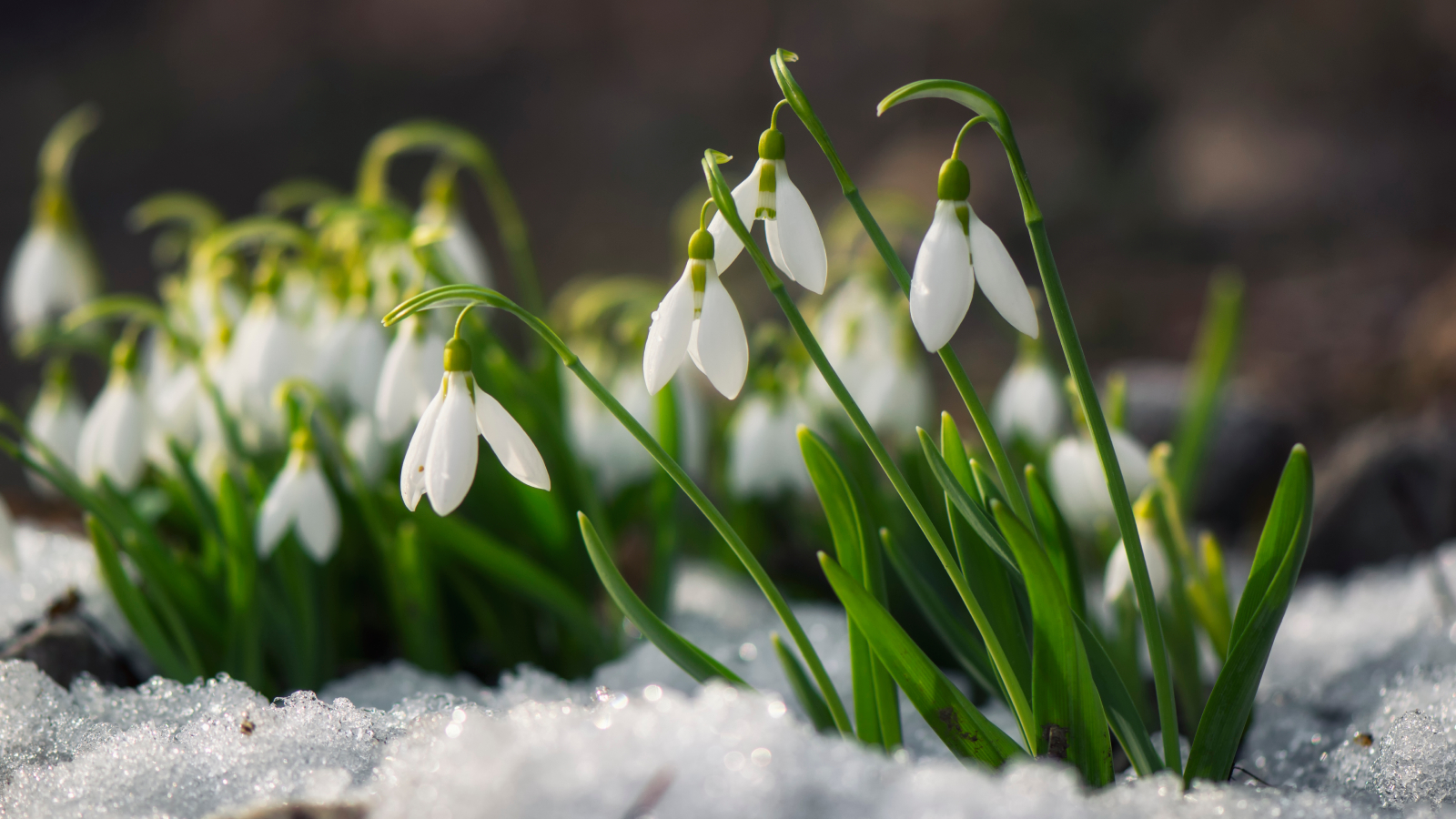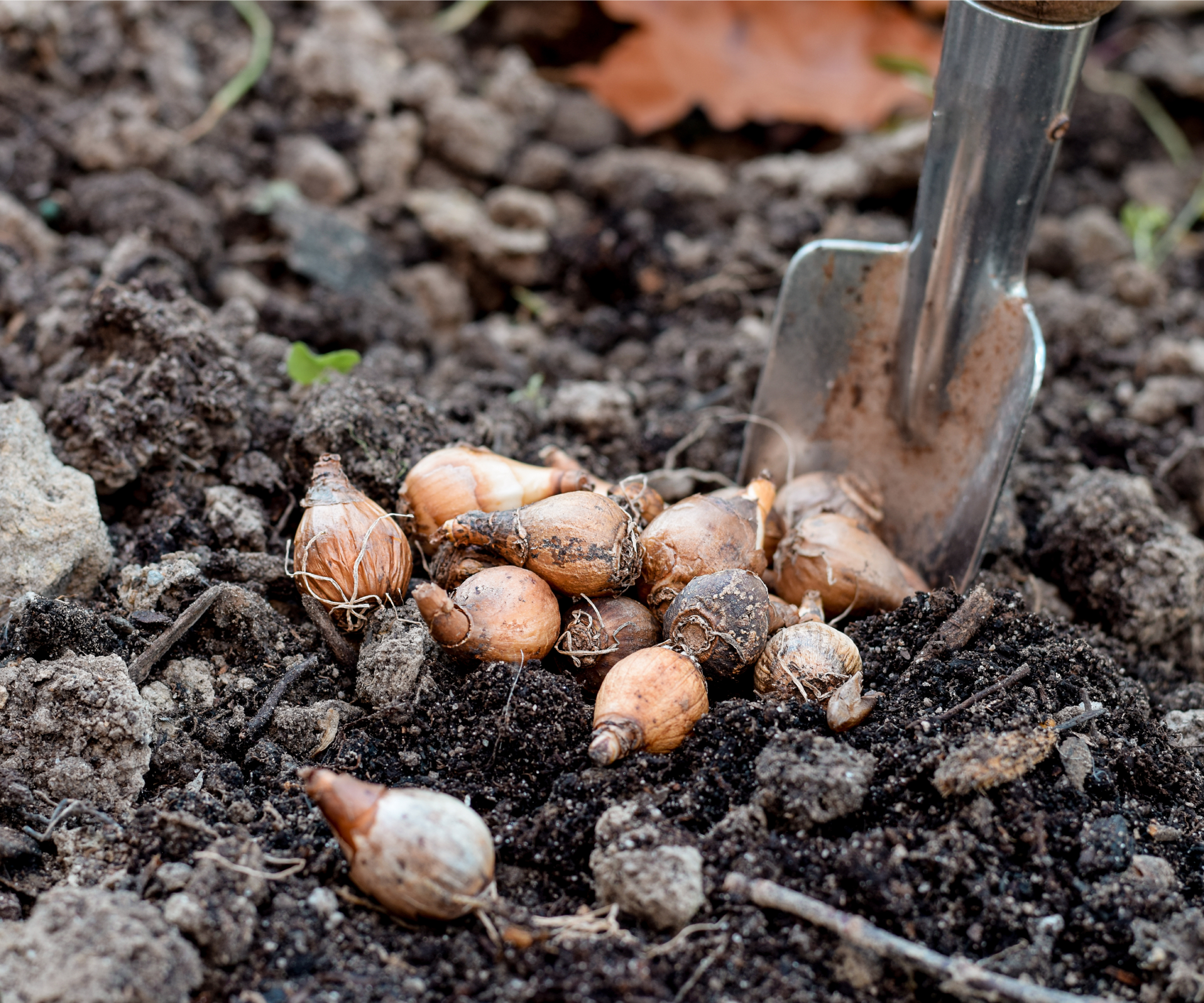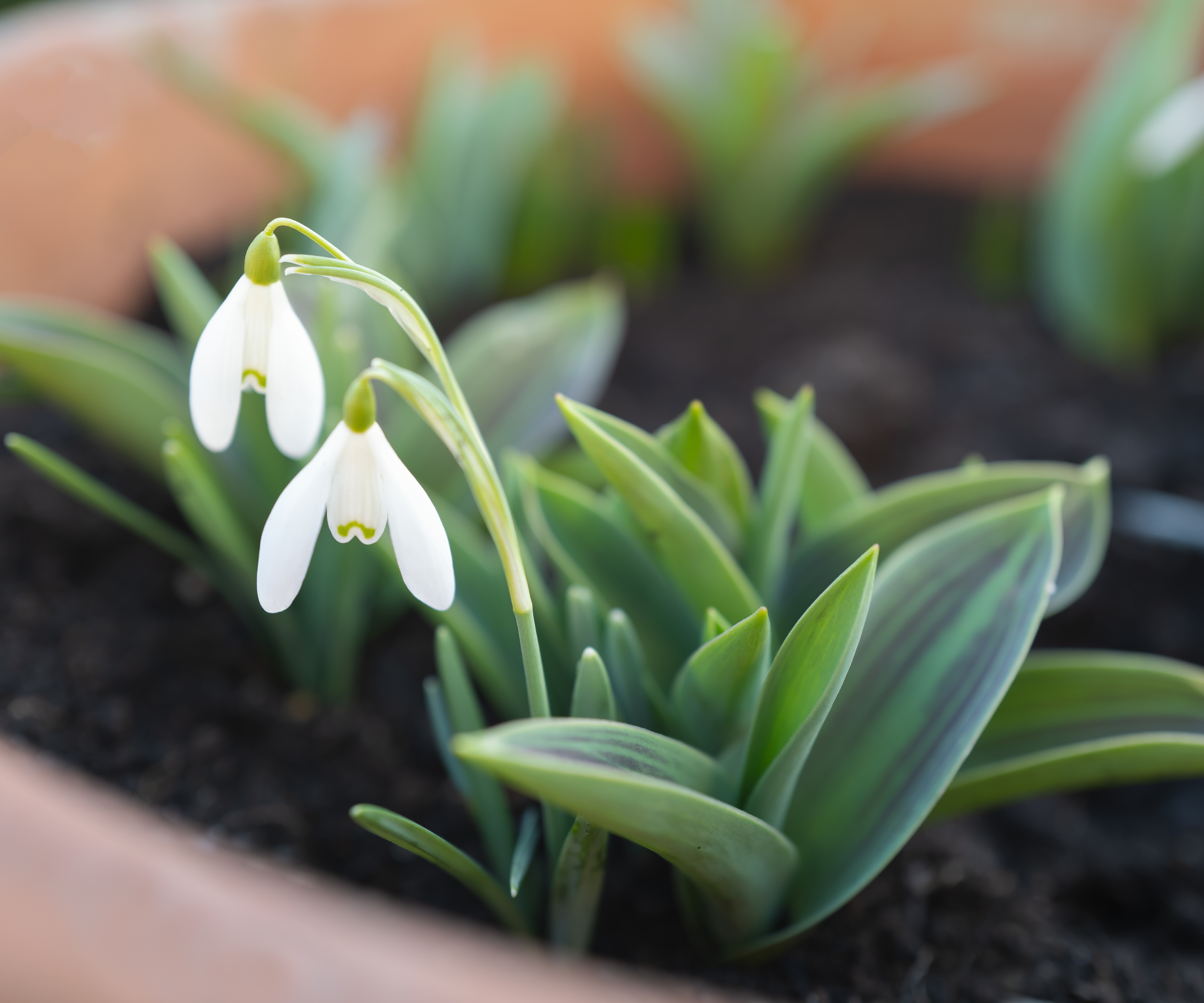Snowdrop Flower Care: How To Grow This Early-Blooming Beauty
An early sign of spring, tiny snowdrop flowers pop up through the snow. Known as the Fair Maid of February, they represent resilience and hope.

Quick Snowdrop Facts
Botanical name: Galanthus nivalis
Height: 3 in. (7.6 cm.)
Spread: Similar
Sun exposure: Full to partial sun
Soil requirements: Well draining, rich
Hardiness zones: USDA 3-9
When to plant: Fall
The snowdrop flower is truly a herald of spring. Small white, cup-shaped, pendulous blooms may peek out above a snowy crust. Snowdrops are related to Amaryllis and onions, quite a divergent family group. They are often the first flowers spotted near the end of winter. The Galanthus flower is also called the Fair Maid of February, an apt name for this winter bloomer.
Snowdrop Care
There are around 20 species of Galanthus. The common snowdrop is the one most gardeners are most familiar with, and it is grown from a bulb. These bulbs need a chilling period and should be planted in fall.
Light
Plant snowdrop bulbs in either a full sun or partial shade location. They will not do well in a fully shaded location.
Water
The snowdrop plant likes moist soil, but it can’t be soggy. If the bloom period is dry, give them average water, just enough for slightly moist soil.
Temperature & Humidity
Snowdrops are hardy to USDA zones 3-9. Plant them in fall when nighttime temperatures are around 40 degrees Fahrenheit ( 4.44 C.). The bulbs need to experience temperatures below 20 degrees F. ( -6.67 C.) to force bloom. They are fairly tolerant of high humidity, provided good soil drainage is ensured.
Soil
These flowers prefer a neutral to alkaline soil pH level. They may be grown in heavy clay soil provided it has been amended with some organic matter. Leaf mold or compost make ideal additions. Ensure the site has adequate drainage. The bulbs can withstand short periods of sogginess, but prolonged exposure will cause the bulbs to rot.
Fertilizer
Many gardeners like to put a bit of bone meal or bulb fertilizer into the planting hole. Otherwise, in good soil, they do not need supplemental feeding. In poorer soil, fertilize the site in early spring.
Sign up for the Gardening Know How newsletter today and receive a free copy of our e-book "How to Grow Delicious Tomatoes".
Problems, Pests & Diseases
These are very easy going plants with few problems. Overly boggy sites can lead to bulb rot. Most pests steer clear of snowdrops. Even deer and animals such as rabbits do not bother the flowers or foliage.
How to Plant Snowdrop Bulbs

Start in autumn when nighttime temperatures have dropped. Loosen the soil to a depth of at least 6 inches (15.24 cm). Dig holes 3 inches (7.62 cm) deep and the same distance apart. Snowdrops look the most attractive when set in groups. Bury the bulb and water the soil to settle it in. These are delicate, diminutive plants that should not be planted where foot traffic occurs.
Pruning
Snowdrop plants do not need pruning. If you wish, you can take off the spent flower, but allow the greenery to persist. Over the season, the leaves and stems will take in solar energy and turn it into plant sugars which are stored in the bulb. This is fuel for the next season’s growth.
Propagation
These little flowers are most commonly propagated through the bulbs. Mature stands will develop more bulbs over time. The entire cluster may be lifted and divided to start new stands. The seed may be collected and started in flats. This will result in plants that will not bloom for several years.
Overwintering
Galanthus is very cold hardy and does not need lifting. In extreme northern climates, spread a layer of organic mulch over the site to protect the bulbs from splitting. Pull it away around the beginning of February to allow the little shoots to poke through.
How to Grow Snowdrops in Containers

Snowdrops do beautifully in containers. Because container-grown bulbs are more exposed to cold than those in the ground, protect the pots from extreme freezes. Allow them to stay cold in an unheated basement or garage. Bring the containers outdoors as soon as you see sprouts. Snowdrops in containers will also need to be watered more frequently and will definitely need a spring fertilizing.
Repotting
After a couple of years in the same soil, it is a good idea to refresh the medium. Choose a soil that drains well such as potting soil with leaf mold added. Every couple of years, divide the cluster and plant some of the bulbs in the ground or in a new container.
Snowdrop Varieties
Several varieties are readily available for cultivation. These cultivars are similar but have different standout qualities. The common snowdrop is the one most often seen, but there is also a Giant snowdrop with flowers more than twice the size of the common cultivars. Here's a list of some favorites:
- Flore Pleno- double white flowers
- Scharlockii- green-tipped inner petals covered by larger white petals
- Lutescens- white flower with inner petals dipped in yellow
- Pusey Green Tips- numerous petals tipped in green
- Viride Apic- white petals adorned with green
Frequently Asked Questions
Where Do Snowdrops Like to Grow?
Snowdrop flowers are native to Europe and the Middle East. They occur in the woods and wet alpine grassland primarily in cool mountainous regions.
Do Snowdrops Come Back Every Year?
Snowdrops naturalize a bit slower than bulbs like tulips but they do form new bulbs. The older bulbs will slowly stop producing foliage and flowers. The new bulbs will keep the area well supplied with flowering material every year.

Heather Rhoades founded Gardening Know How in 2007. She holds degrees from Cleveland State University and Northern Kentucky University. She is an avid gardener with a passion for community, and is a recipient of the Master Gardeners of Ohio Lifetime Achievement Award.

